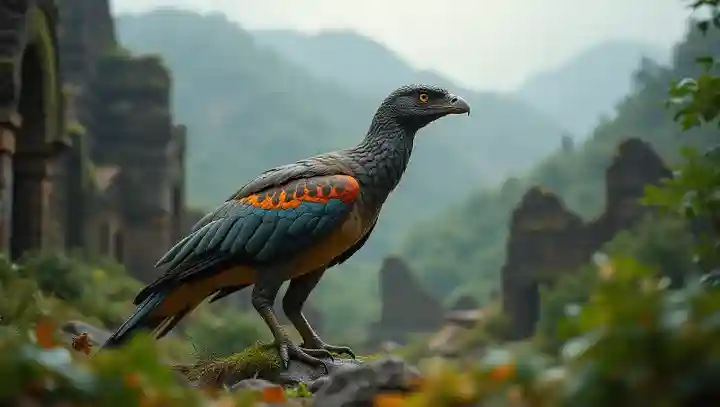
In an era marked by rapid environmental changes, the history of birds offers a captivating glimpse into the evolution of life on Earth. Birds, descendants of ancient theropod dinosaurs, have undergone significant evolutionary transformations over millions of years. Recent research spearheaded by Dr. Emily Watson at the Darwin Institute in London has shed new light on the intricate pathways these creatures have traversed. The study highlights the vast diversity among avian species, tracing their lineage back to the late Jurassic period. This extensive evolutionary lineage has been corroborated by fossil records and advanced genetic analyses, revealing the connections between early avian reptilian forms and their modern descendants. "Our findings provide not only a timeline but a vivid narrative of resilience and adaptation," Dr. Watson explained. The implications of this research stretch beyond pure academic interest, impacting current conservation strategies. Understanding the evolutionary history aids in identifying crucial habitats that have supported birds through various epochs, which is essential in formulating effective conservation policies. As avian species face threats from habitat destruction and climate change, these insights are more relevant than ever. With the global avian population at risk, ecologists and conservationists emphasize the urgency of preserving crucial biodiversity hotspots. "It is imperative to align our efforts with nature's course," noted Sara Greenfield, a renowned ecologist. The history of birds serves as an inspiring testament to life's adaptability, offering lessons in resilience for future conservation endeavors.